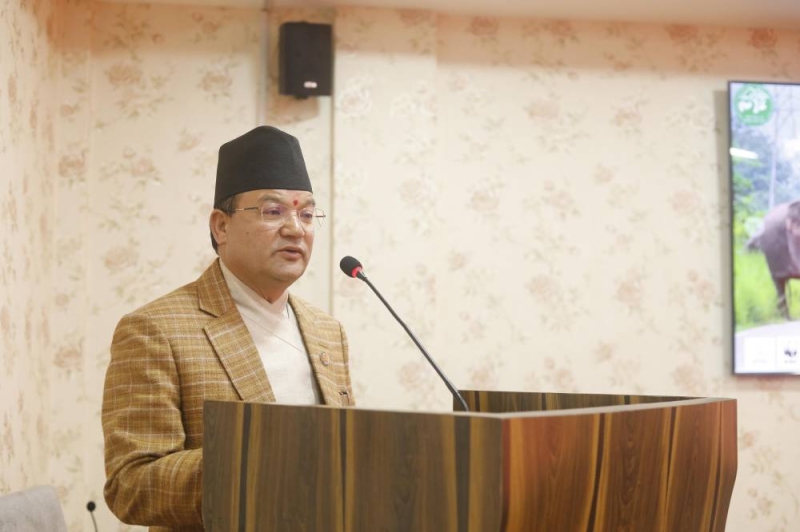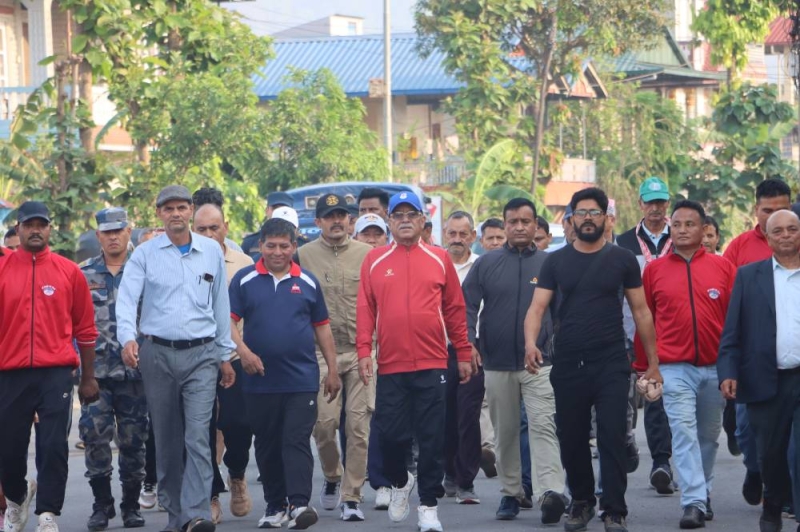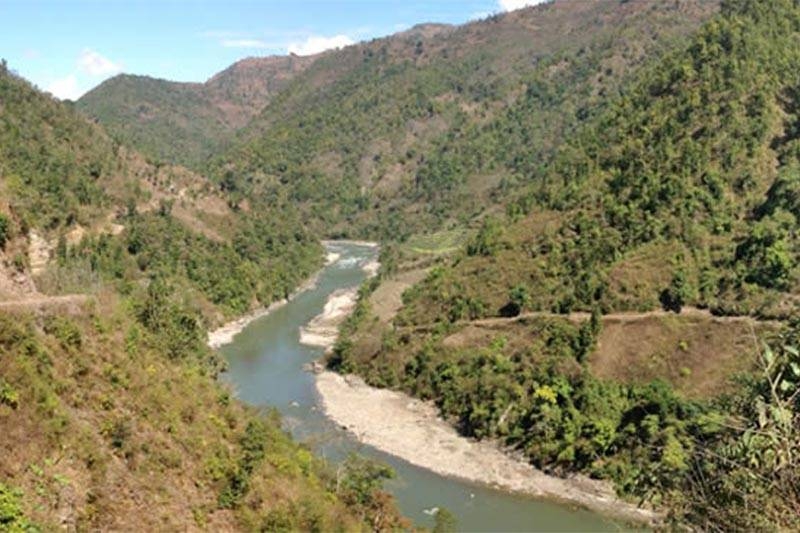TOPICS: Women and rural development
TOPICS: Women and rural development
Published: 12:00 am Sep 27, 2007
In developing countries, overall development is not possible without the development of the rural areas where the majority of the population resides. A variety of projects and programmes have recently been conducted to that effect, but there has been no substantial development so far.
Most public interventions undertaken in the past have failed to stimulate rural growth. Poor public resource management, non-implementation of effective policies and local government’s indifference have largely contributed to this failure. Consequently, the rural and remote areas still remain deprived of most basic amenities and infrastructure such as primary education, health care, drinking water and roads. But no concrete action has been taken to improve this dismal situation.
In rural regions, work is exhausting and absence of good marketing system acts as an impediment to progress. Moreover, local resources remain unexploited due to shortage of sufficient capital and lack of skilled manpower. Amid this ‘shortage’, women’s participation in development activities, who constitute over half the total population of the rural areas, is far from satisfactory. If the available women workforce can be utilised more productively, it will greatly contribute to rural development.
Though women play a vital role in rural areas, as most of them are uneducated, they still have to rely on their male counterparts to sustain their livelihood. Low female literacy is also a major constraint to the effectiveness of economic and social development programmes in rural areas. Moreover, lack of employment opportunities deprives them of bringing their labour to productive use. Consequently, most of them cannot earn and are unable to support their respective households. Denying them work opportunities will never make them self-reliant. In this light, in order to provide more income generating opportunities for rural women, it is important to provide them appropriate skill development training.
Following people’s movement in 1990, the political necessity and democratic processes set into motion made it difficult to segregate and neglect such a large section of population. Hence, the idea of women’s development and policies/programmes began to take shape.
But still, despite the tall claims of political leaders, the majority of rural women continue to be
exploited by men. And the decade-long civil conflict did not help women’s cause one bit.
Even today, a large number of rural women are involved in agriculture, besides other subsidiary work like livestock raising, construction work, cottage industry, teaching, nursing and clerical activities. However, until now, women have not been encouraged to emerge as entrepreneurs. Until entrepreneurship is developed among womenfolk, they will continue to be subjected to exploitation and discrimination by men. It is the demand of modern times that women’s entrepreneurship be developed in order to expedite rural development.





